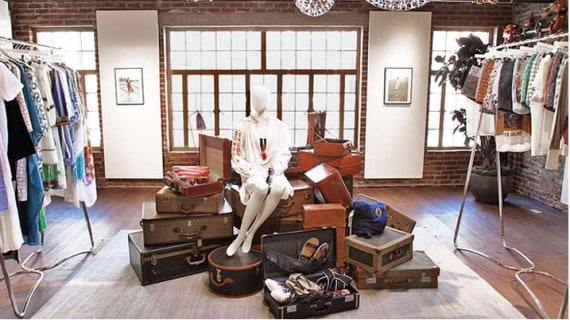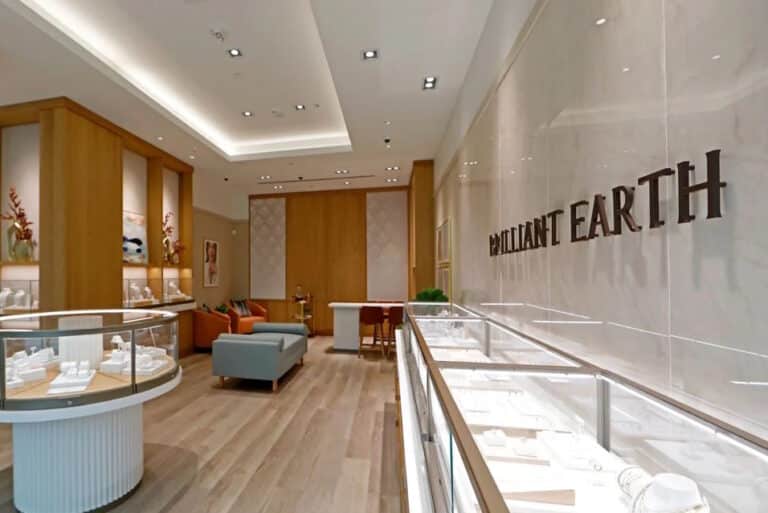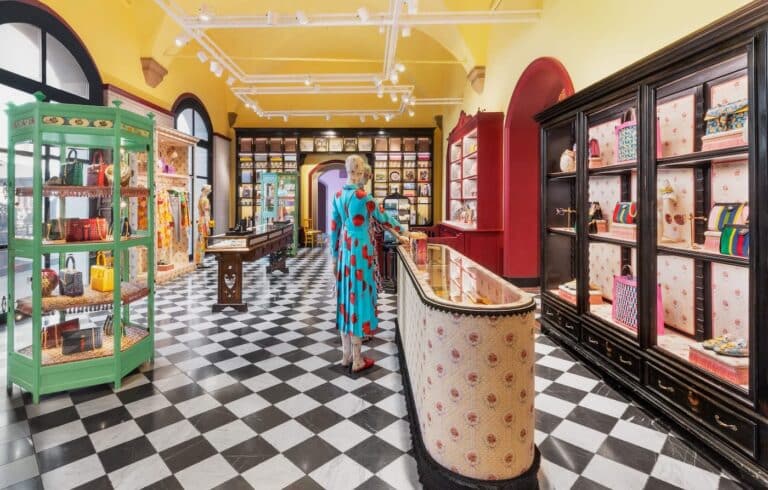Showrooming is becoming a pretty big deal in the world of brick-and-mortar retail.
In the always-evolving retail industry, being the first one to come up with an innovative concept is always a huge plus, but having the foresight to adapt to the next big trend can be just as important. While it’s impossible to adopt every single one of them in your operations, there are certain trends that every retailer should pay attention to and consider. This may be one of them, and it’s also one that could make a ton of sense for landlords and property owners as well.

As Retail Dive shares, showrooming is becoming a pretty big deal in the world of brick-and-mortar retail – and we’re not just talking about furniture and appliances. The concept is expanding to include retailers from all walks of life, whether it be clothing or online-only retailers that simply need a little space for customers to touch and feel.
“So where you used to have one 5,000 square foot store, you could maybe have three 500 square foot stores. I don’t know what those economics look like. But when it’s all about inventory a big part of that is scale,” said Nick Hodson, a principal with global strategy consultancy Strategy&.
In essence, retailers can simply house a few of its more popular items, and shoppers can interact with salespeople to drill down into what they want. Business can then be transacted directly in-store or through some online kiosk, and consumers may even purchase more if they know it will be shipped to them directly as opposed to lugging it around the mall or shopping center.
“You have a smaller space, so you’d pay less rent, fewer salespeople. But it’s a different kind of logistic. You’re not shipping inventory to the store, and you have to figure that most of the shipping has to be fast, maybe even same-day delivery, so that’s more expensive. And you have to have your online system set up already,” said Lee Peterson, executive vice president, Brand, Strategy, and Design, at WD Partners.
In addition to the benefits for consumers, showrooming provides another option for retailers as the landscape continues to evolve. The days of massive space devoted to a single retailer are dwindling, and these smaller concept stores can open up, even more, possibilities for retailers to ingrain themselves in communities, whether that’s in an urban setting or more residential areas.
“Our perspective is that at the end of the day retailers should rethink their store network. To a large extent, retailers have been thinking of their stores in a cookie-cutter way. But in the future, different stores will have different roles,” said Andres Mendoza-Pena, a partner in the retail practice of global strategy and management consulting firm A.T. Kearney.
Want to share your company’s latest updates, store openings, or partnerships?

The new showrooms feature dedicated meeting areas and customer waiting rooms.

As the retail landscape continues to evolve, Pinterest has unveiled its annual Pinterest Predicts report, offering a glimpse into the…

MixC Shenzhen Bay opens in Shenzhen’s Nanshan district, blending luxury retail, art, and lifestyle into one destination, redefining the Asian…

From Nike’s storytelling to IKEA’s precision and Glossier’s human tone—the best retail press releases don’t just announce, they connect.

From Gucci Garden to Amazon’s Just Walk Out, leading retailers turn stores into stages. Here’s why experience is now the…

If you’ve been inside a shopping mall recently, you’ve probably noticed QR codes popping up everywhere on posters, food court…